Dwarf Planets are the worlds in our solar system that directly orbit the Sun, like planets. In the definition of planets and dwarf planets, there is only one significant difference; dwarf worlds have not cleared the neighborhood objects around their orbit.
In 2006, the International Astronomical Union (IAU) categorized the objects orbiting the sun into three divisions:
- Planets
- Dwarf Planets
- Small Solar System Bodies
Around 1800 AD astronomers discovered several celestial bodies between the planets Mars and Jupiter. They used to consider these bodies as a planet. But when the number of bodies increases continually, astronomers classify another category and started using the word asteroid for some celestial bodies.
Pluto was discovered in 1930 and then astronomers used to classify the solar system’s celestial bodies into 9 planets and several hundreds of asteroids and comets. But in 2005 after the discovery of Eris (a dwarf planet), IAU and astronomers proposed a definition of planets and dwarf planets in our solar system.
| Check About:- Difference – Comets? Asteroids? Meteoroids? Meteor? Meteorites? |
Dwarf Planets vs Planets
Here in this article, we have mentioned what is the definition of dwarf planets vs planets. This definition is given according to the International Astronomical Union (IAU).
According to IAU, the planet is a celestial body that:
- orbit around the sun,
- has sufficient mass for its self-gravity to overcome rigid body forces so that it assumes a hydrostatic equilibrium shape (almost round shape),
- has cleared the neighborhood around its orbit.
| Read About:- 8 Solar System Planets |
According to IAU, the dwarf planet is a celestial body that:
- orbit around the sun,
- has sufficient mass for its self-gravity to overcome rigid body forces so that it assumes a hydrostatic equilibrium shape (almost round shape),
- has not cleared the neighborhood around its orbit,
- is not a satellite.
So there is only one difference in-between a planet and a dwarf planet, that a dwarf planet has some neighborhood objects in its orbit. These neighborhood objects may be some asteroids, debris, and smaller bodies.
Planets are comparatively large and massive, so they have enough gravitational force to clear the neighborhood object. Whereas a Dwarf Planet lacks mass and so unable to clear the smaller neighborhood objects.
Dwarf Planets List in our Solar System
According to the International Astronomical Union (IAU), there are 8 planets and 5 officially recognized dwarf planets in our solar system.
These 8 planets are “Mercury, Venus, Earth, Mars, Jupiter, Saturn, Uranus, and Neptune”. Whereas 5 dwarf planets in our solar system are “Pluto, Ceres, Eris, Haumea, and Makemake” and these 5 are officially accepted by IAU.
There are other dwarf worlds in our solar system that has not been considered by IAU yet. These are known as “near-certain”, “most-likely”, or “possible” dwarf planets.
According to an estimation, there may be more than 10,000 of the near-certain dwarf planets in our solar system. And only in the Kuiper belt region, there may be over 200 in numbers of it.
| Must Check:- Kuiper Belt: Facts and other Information |
Here is given some possible dwarf planets list in our solar system that are not officially recognized by IAU:
- Quaoar
- Sedna
- Orcus
- 2007 OR10
- Salacia
- 2002 MS4
- 10 Hygiea.
Those above 7 mentioned list of dwarf planets come in the category of “near-certain” or “most likely” dwarf worlds. These are also known as ‘minor planets’ (Minor Planets = Dwarf Planets + Small Solar System Bodies).
Here in the below picture, some dwarf planets list (Possible + IAU Recognized) are added with their size.
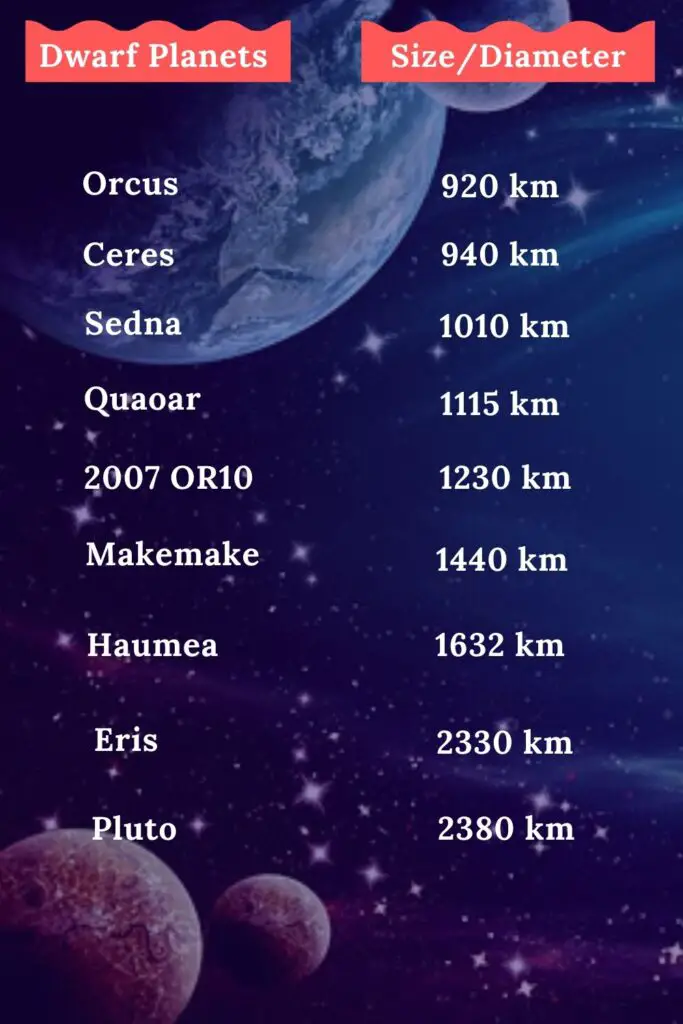
Dwarf Planets in Order
The naming committee of the IAU has decided some of the Trans-Neptunian Objects as a most likely dwarf planets.
- (Transneptunian objects are those object that orbits around the sun at a higher distance than Planet Neptune).
Here we have given a list of dwarf planets in order of increasing distance from the sun. And the location of all dwarf planets in our solar system. In the below table both types of dwarf planets are listed, which means ‘near-certain’ as well as ‘IAU defined’.
| Dwarf Planets | Distance from sun | Location in the solar system |
| Ceres | 2.77 AU | Asteroid belt |
| Orcus | 39.40 AU | Kuiper belt |
| Pluto | 39.47 AU | Kuiper belt |
| Salacia | 42.20 AU | Kuiper belt |
| Haumea | 43.20 AU | Kuiper belt |
| Quaoar | 43.69 AU | Kuiper belt |
| Makemake | 45.56 AU | Kuiper belt |
| 2007 OR10 | 67.38 AU | scattered disc |
| Eris | 67.78 AU | scattered disc |
| Sedna | 506.70 AU | Detached |
Dwarf planets in order from the Sun
As given in the above table, Ceres is the closest dwarf planet in our solar system and it is also IAU-defined. The IAU-defined farthest dwarf planet is Eris which is located in the scattered disc with a distance of around 67.78 AU from the sun.
1. Largest Dwarf Planet (Pluto)
Pluto is the largest dwarf planet in our solar system with a diameter of approximately 2380 km. It used to be a planet but in 2006 IAU decided to re-classify it into the dwarf planets category. Though Pluto has a small size compared to our earth, still it has 5 moons/natural satellites.
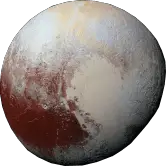
- To know more especially about Pluto, check the following link: Pluto facts and information: Dwarf planet pluto
2. Smallest Dwarf Planet (Ceres)
Ceres is the smallest dwarf planet in our solar system with a diameter of approximately 940 km. It is located in the region of the Asteroid belt. Astronomers discovered Ceres around 1801. So this is the earliest known dwarf planet by astronomers.
- Read in detail:- Ceres dwarf planet: Amazing facts and information
New dwarf planets:-
According to officially recognized by International Astronomical Union (IAU) new dwarf planets are Eris, Haumea, and Makemake. Because they are discovered almost recently.
3. Eris
Eris has one known moon and was discovered in January 2005. Between 2005 to 2006 it was considered as 10th planet of our solar system by most astronomers. Eris was re-classified as a dwarf planet in 2006 by IAU.
- Read about:- Eris Dwarf Planet- Facts and Information
4. Haumea
Haumea was discovered in December 2004. It was not considered a dwarf planet by the naming committee of IAU till July 2008. It has 2 moons that orbit around it. Haumea is famous for its oval shape.
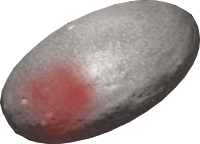
- Read in detail:- Haumea Dwarf Planet Facts and Information
5. Makemake
Makemake was discovered in July 2005 and announced as a dwarf planet by the naming committee of IAU in 2008. It has one known natural satellite. This dwarf planet was discovered around Ester (a festival) in 2005, so it is also known as an ‘Easterbunny’.
- Read about:- Makemake Facts: Dwarf planet Makemake
These are the 5 dwarf planets in our solar system recognized and considered by IAU. There are thousands of more objects in the solar system to discover that may be a dwarf planet or most likely it.
- 5 Best Solar System Backpacks in 2024

- Mass of Planets in Order from Lightest to Heaviest
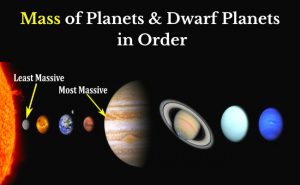
- Star Projector {2024}: Star Night Light Projector

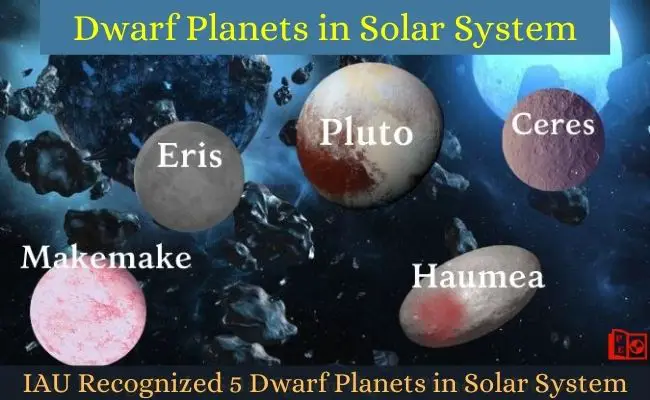
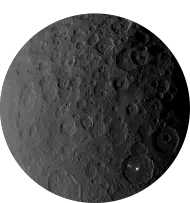
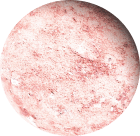
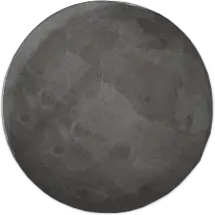
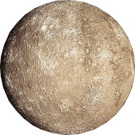
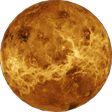
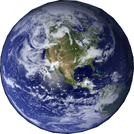
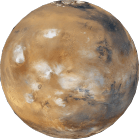
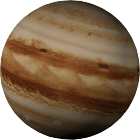
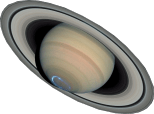
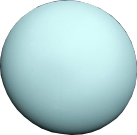
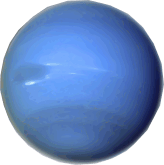

Anyone can definitely see your enthusiasm for planets in the work you write. The world hopes for even more passionate writers like you who are not afraid to say how they believe. Always go after your heart. Planets Education is the Best.
I’m impressed, I have to admit. Rarely do I come across a
a blog that’s both equally educative and interesting, and without a doubt,
you’ve hit the nail on the head for your article ‘Planets vs Dwarf Planets’.
I am very happy that I stumbled across this during my search for something concerning this.
each time I used to read smaller articles or reviews which as well clear their motive, and that is also happening with this post which I am reading at this time.
Thanks for finally writing about it; Dwarf Planets vs Planets: Dwarf
Planets List in Order; Liked it!
Everyone loves it when folks come together and share views. Great blog, keep it up!
I got this web site from my pal who told me on the topic of this website and at the moment this time I
am browsing this website and reading very informative posts at this place.
Glad you like it. But please do not post irrelevant links on post of dwarf planets vs planets.
Very nice post. I absolutely appreciate this site. Stick with it!
Thanks to my father who shared with me on the topic
of this website, this blog is truly amazing.
I’m impressed, I have to admit. Seldom do I encounter a blog that’s
both educative and amusing, and let me tell you, you have hit
the nail on the head. The issue is an issue that too few folks are speaking
intelligently about. I’m very happy I stumbled across this
during my hunt for something regarding this.
Comments are closed.